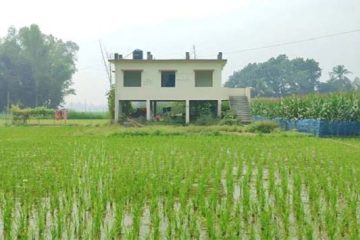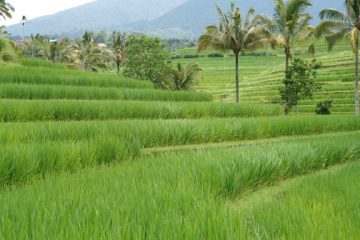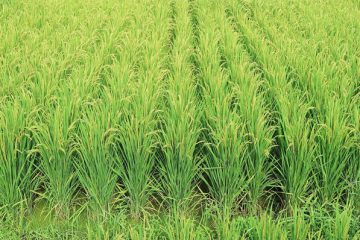 Tiger-human conflicts increased in Bangladesh sharply in first six months of 2010 compared to two previous years, said forest department officials.
Tiger-human conflicts increased in Bangladesh sharply in first six months of 2010 compared to two previous years, said forest department officials.
They said quoting forest department records that 41 incidents of tiger-human conflicts took place in the first six months of 2010 compared to 65 incidents in 2008 and 58 in 2009.
According to forest department records 51 people were killed by tigers in 2008 and 2009 but a study by Wildlife Trust of Bangladesh show that 78 people were killed in tiger attacks during the period.
Usually, said experts when tigers suffer from loss of habitat and a decline in their prey species they stray into villages and the conflicts occur.
Besides, they said, whenever people and large carnivores coexist, conflicts between them is inevitable.
But they said that neither loss of human lives nor killing tigers can provide a solution.
The forest department officials said quoting its records that 17 people were killed by tigers and one tiger by the villagers from January-June this year.
They said that panicked villagers killed the tiger on January 22.
Tiger expert Anwarul Islam said that the tiger, which was killed about 12 hours after it strayed into human habitation, could have been saved if the forest officials cared to tranquilise the animal.
The Bangladesh forest department, he said, had no record of tranquilising or saving a single tiger in conflicts with humans in last two decades.
In contrast, he said, the foresters on the Indian side of the Sundarbans saved more than 50 tigers during the same time span by tranquilising the animals and putting them back to their habitat.
Professor Anwarul Islam said that the forest department had been neglecting building its capacity to deal with tiger-human conflicts.
On an average, said forest officials, three tigers are killed by people each year.
Quoting forest department records, they said, tigers kill between 30 to 40 domestic cattle in the vicinity of the Sundarbans each year.
Each time a tiger strays into a village, said Anwarul Islam, the people react out of panick as they don’t have much faith on forest officials.
It is only natural for tigers and human beings to confront each other in the Sundarbans, due to the density of their populations, said forest conservator Tapan Kumar Dey.
As people need to go to tiger territories for their livelihood, that include fishing as well as collection of honey and gol-pata (Nypa fruticans), a tiger also strays into villages, particularly in old age when it cannot hunt for its food.
Tigers also stray into villages for shortage of the species they feed on.
Territorial conflicts between tigers often prompt young tigers to stray into villages.
Food shortage for young tigers and inability of old tigers to hunt faster animals of their prey, said Tapan, were the main reasons behind their conflicts with humans.
Poaching deer for consumption of its meat, show a WTB study, create shortage of tigers’ food as deer provides 80 per cent of their diet.
It also shows that about 18 per cent of the 3.6 million people living in eight upazilas in the Sundarban region frequently consume the venison, with 92 per cent of the meat supply coming from the Sundarbans and 0.25 per cent from deer farms.
Several consumers, interviewed by WTB, however, said that they had no idea wherefrom the rest of the deer meat comes from.
The chief conservator of forests Ishtiaq Udding Ahmed told New Age that was not aware of any incident of deer-poaching in the Sundarbans.
Anwarul Islam attributed the rise in tiger-human conflicts to increased fishing in canals in the Sundarbans over the years after thousands of people were forced give up growing rice due to a rapid rise in shrimp farming in the surrounding areas.
According to a survey done jointly by Bangladesh and India in 2004, depending on pugmark counting, the Sundarbans in Bangladesh is home to 440 tigers.
Another survey on tiger population done by Professor Monirul H Khan of the department of zoology, Jahangirnagar University in 2007, based on a combination of remote camera observation and assessment of relative density around the canals, estimated the number of the big cats at no more than 200.






